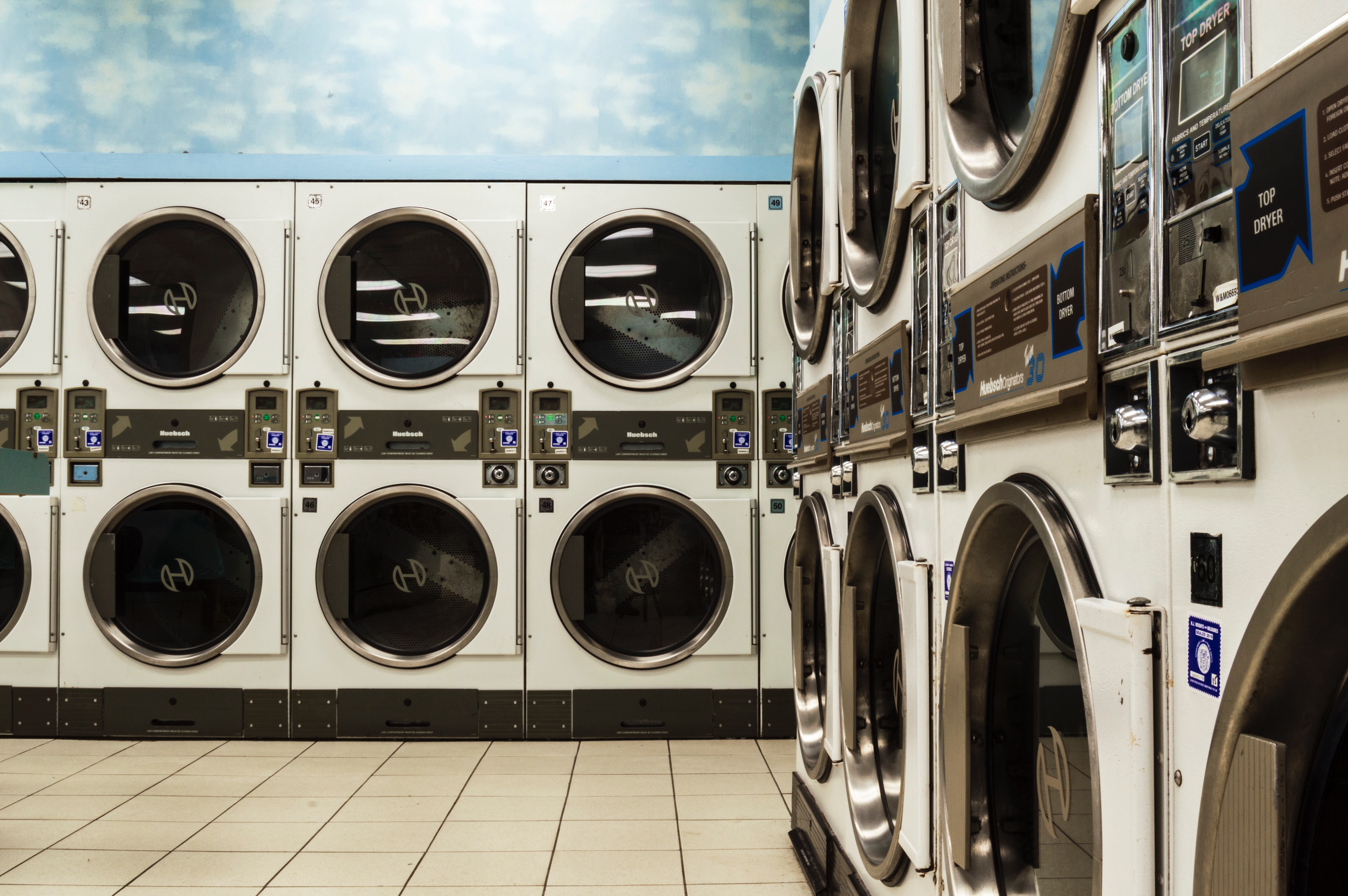Written by: Karissa Ketter, News Writer
SFU School of Sustainable Energy Engineering students recently created a microplastic filter for laundry machines. In an interview with The Peak, Elizabeth Salvosa, team member for SynthaSift said it “filters microplastics from our laundry that would otherwise be introduced to the water system.”
Laundry filter products such as Lint LUV-R and Filtrol were an inspiration for the team’s development, but the team noted SynthaSift is “10 times finer,” while maintaining competitive prices.
SynthaSift team’s study found that competitor products “functioned like your dryer lint bin and do not effectively filter out smaller [microplastic] particles.”
According to Salvosa, their research report noted the “average family does 300 loads of laundry annually.”
Some studies find that as many as 700,000 microfibres and microplastics will be released after each load of laundry. These particles are spread throughout the environment via waterways — The New York Times reports “9.25 to 15.86 million tons of microplastics can be found on the ocean floor.”
Clothing made from synthetic fibres release particles that “do not break down completely, and natural fibres are often treated with harmful chemicals or dyes.”
Salvosa reported the development team plans on undergoing up to a year of household testing. “We want to ensure that the product is consistent with our projected usage and design before considering further development and market viability,” said Salvosa.
“We have also talked to a researcher from another institution exploring magnetic mechanisms, which is promising.”
The original prototype was created via 3D printer “using biodegradable polylactic acid, to minimize the environmental impact at each stage of design.”
Salvosa said the team “researched various mechanisms for filtration, and [SynthaSift] was one of the more viable options at this point in time.”
The team responsible for SynthaSift includes SFU students Daisy Chen, Braden Harding, Mishak Taggart, Cyrus Urbanowicz, and Changle Yu.
According to Ocean Clean Wash, clothes made from synthetic material contribute to 35% of the plastic pollution in oceans. The International Union for Conservation of Nature reports that 8 million tons of new plastic pollution enter the oceans each year.
These particles “have physical effects on wildlife and humans via the food chain,” according to SynthaSift’s report.
Microplastics in marine life can “block digestive tracts, diminish the urge to eat, and alter feeding behavior,” according to National Geographic. All of these can harm or kill marine life, as well as restrict their reproductive abilities, further limiting the size of the population.
The Center for Biological Diversity found that “thousands of seabirds and sea turtles, seals and other marine mammals are killed each year after ingesting plastic.” One study reports synthetic fibre particles have travelled throughout the arctic ocean and are found in arctic zooplankton, seabirds, and marine life.
More information on the SynthaSift Laundry Microplastic Filter can be found on YouTube.


[…] The Peak […]